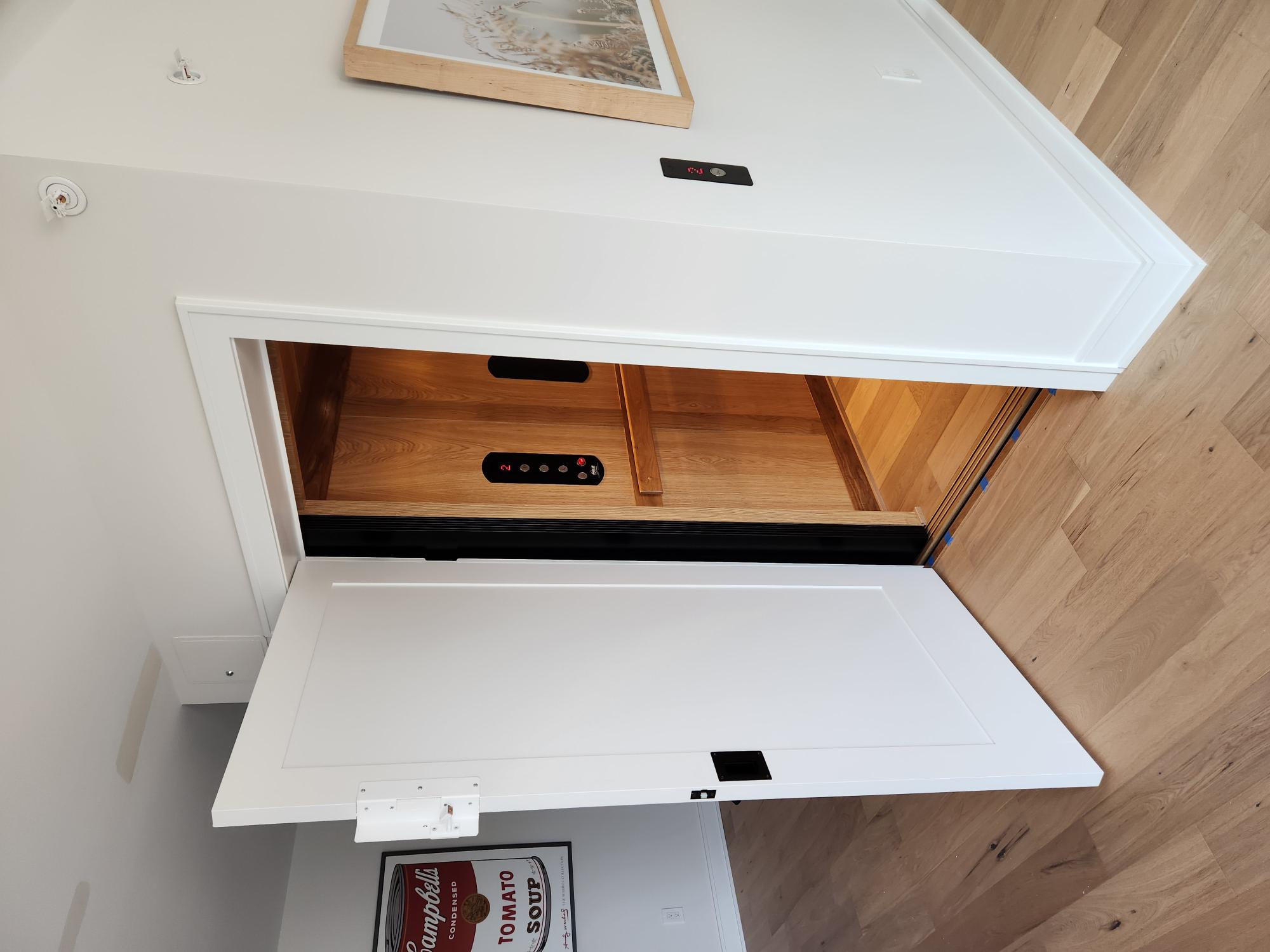Top Lift Companies in London: Offering Quality Installations and Upkeep
Top Lift Companies in London: Offering Quality Installations and Upkeep
Blog Article
Digging Into the World of Lifts: Typical Problems Dealt With by Numerous Lift Devices
As we navigate through the upright transport systems of modern buildings, elevators stand out as a crucial element of our day-to-day lives. From hydraulic lifts to grip systems and machine-room-less layouts, each lift type comes with its collection of common concerns.
Hydraulic Elevators
Hydraulic lifts, commonly preferred for low-rise buildings, utilize fluid stress to regulate the movement of the lift cars and truck (lift repair companies). This mechanism involves a hydraulic pump pushing oil into a cylinder, creating the elevator to relocate the desired direction. While hydraulic lifts are understood for their smooth and silent operation, they do feature their own set of usual concerns
One widespread trouble with hydraulic lifts is oil leak. In addition, problems with the control system, such as faulty shutoffs or a malfunctioning pump, can create disruptions in the elevator's motion.
Routine maintenance and timely repairs are vital to ensure the smooth performance of hydraulic elevators. By addressing these common concerns proactively, building proprietors can reduce downtime and ensure the safety and security and efficiency of their upright transportation system.
Traction Elevators
When taking into consideration upright transportation systems in buildings, another usual kind apart from hydraulic lifts is the grip elevator. Traction elevators operate making use of a system of ropes and counterweights that relocate the elevator vehicle by clutching onto the hoist ropes. This mechanism enables for smoother and faster vertical transport contrasted to hydraulic systems.
Among the typical concerns dealt with by grip lifts is rope wear. The consistent activity of the ropes within the traction system can cause tear and use in time, possibly creating the lift to malfunction or end up being harmful for usage. Regular examinations and upkeep of the ropes are important to guarantee the elevator's appropriate functioning and security.
Another problem that grip lifts might come across is associated with the control system. Troubles with the control system can lead to issues such as erratic motion, delays in response times, or perhaps total shutdowns. Routine screening and upkeep of the control system are essential to prevent such issues and ensure the elevator's dependability.
Machine-Room-Less (MRL) Elevators

Among the essential parts of MRL lifts is the portable gearless traction machine that is set up within the hoistway. This machine efficiently drives the lift Learn More Here vehicle without the demand for large devices located in typical traction lifts. In addition, MRL elevators normally use a weight system to stabilize the vehicle, more enhancing their energy performance.
In spite of their advantages, MRL lifts may deal with obstacles associated to repair and maintenance as a result of the confined area for equipment setup. Availability for servicing parts within the shaft can be limited, calling for specialized training for technicians. Correct upkeep routines and regular examinations are crucial to make certain the ongoing smooth procedure of MRL elevators.
Overloading and Weight Limit Issues
Overwhelming and weight limitation issues are crucial concerns in elevator operations. Lift manufacturers layout lifts with certain weight capabilities to guarantee passenger safety and devices longevity.
When elevators are overwhelmed, it places extreme pressure on the motor, cords, and various other elements, possibly triggering breakdowns or failures. Safety and security mechanisms such as sensing units and overload sensing units remain in place to stop elevators from moving if they detect excess weight. Additionally, going beyond weight limits can result in enhanced power usage and wear and tear on the elevator system.
To reduce overloading issues, building supervisors need to prominently present weight limits in lifts and inform residents on the relevance of adhering to these constraints - lift repair companies. Routine upkeep checks by certified service technicians can also aid guarantee that elevators are operating within secure weight parameters. By dealing with overloading and weight limitation concerns proactively, building owners can enhance elevator safety and security and efficiency
Electrical System Failures
Surpassing weight limitations in lifts can not just lead to mechanical concerns but additionally possibly add to electric system failures within the lift facilities. Electrical system failings are an essential concern in elevator operation, as they can trigger unexpected closures, breakdowns, and even safety dangers. One common electrical concern is the overheating of components because of extreme current flow caused by overwhelming the lift past its capacity. This can result in harm to the electrical wiring, control, or electric motor systems, leading to expensive repair services and downtime.
Regular upkeep and examinations are essential to identify and attend to prospective electrical concerns immediately, making certain the reliable and risk-free procedure of lift systems. By sticking to weight restrictions and conducting routine electrical system checks, structure proprietors can minimize the danger of electric failures in elevators.
Verdict

Hydraulic lifts, typically preferred for low-rise structures, utilize fluid pressure to control the activity of the lift car.When considering upright transport systems in structures, another typical type aside from hydraulic lifts is the grip lift. Grip elevators run making use of a system of ropes and counterweights that relocate the elevator automobile by grasping onto the hoist ropes. Unlike standard elevators that call for a explanation separate equipment area to house the tools, MRL lifts incorporate most of the parts within the shaft, getting rid of the requirement for a committed maker area.In final thought, elevators deal with usual issues such as hydraulic breakdowns, grip system failings, and electric system troubles.
Report this page